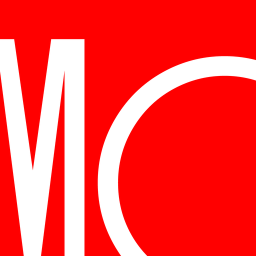JPMorgan Small Cap Blend Fund earns an Above Average Process Pillar rating.
The main contributor to the rating is the fund's strong long-term risk-adjusted performance. This can be seen in its five-year alpha calculated relative to the category index, which suggests that the managers have shown skill in their allocation of risk. The parent firm's five-year risk-adjusted success ratio of 57% also bolsters the rating. The measure indicates the percentage of a firm's funds that survived and outperformed their respective category's median Morningstar Risk-Adjusted Return for the period. Their impressive success ratio suggests that the firm does well for investors and that this fund may benefit from that. Lastly, the process is limited by being an actively managed strategy. Historical data, like Morningstar's Active/Passive Barometer, finds that actively managed funds have generally underperformed their passive counterparts, especially over longer time horizons.
This strategy owns more growth stocks than its peers in the Small Blend Morningstar Category. But in terms of market capitalization, it is on par with peers. Analyzing additional factors, this strategy tilts consistently toward stocks with lower quality or the shares of companies with more financial leverage and lower profitability, compared with Morningstar Category peers over the past few years. Lacking this ballast, the fund's prospects could rest on its ability to beat peers during economic booms. In the latest month, the strategy was also less exposed to the Quality factor compared with Morningstar Category peers. This strategy has had lower exposure to momentum stocks over peers in recent years. Momentum tends to be a powerful force in asset markets, as stocks that have done well recently usually continue to do so in the short term. As top performers change, this can sometimes be hard to capture without higher trading costs. Similarly, in recent months, the strategy also had less exposure to the Momentum factor than peers. In addition, this strategy has exhibited a tilt toward higher-volatility stocks in these years, meaning companies that have a higher historical standard deviation of returns compared with peers. Such stocks tend to rise faster and fall harder than the broad market. High-volatility exposure contributes to stronger performance during bull markets, but often at the cost of losing more during downturns. In this month, the strategy also had more exposure to the Volatility factor over its peers. More information on a fund and its respective category's factor exposure can be found in the Factor Profile module within the Portfolio section.
The portfolio is overweight in technology by 3.8 percentage points in terms of assets compared with the category average, and its healthcare allocation is similar to the category. The sectors with low exposure compared to category peers are financial services and basic materials; however, the allocations are similar to the category. The portfolio is composed of 244 holdings and its assets are more dispersed than peers in the category. In particular, 10.8% of the strategy's assets are concentrated in the top 10 fund holdings, as opposed to the typical peer's 23.9%. And in closing, in terms of portfolio turnover, on a year-over-year basis, 37% of the fund's holdings have changed, whether through increasing, decreasing, or changing a position.

